9 Garden and Yard Trends We're Eyeing in 2024
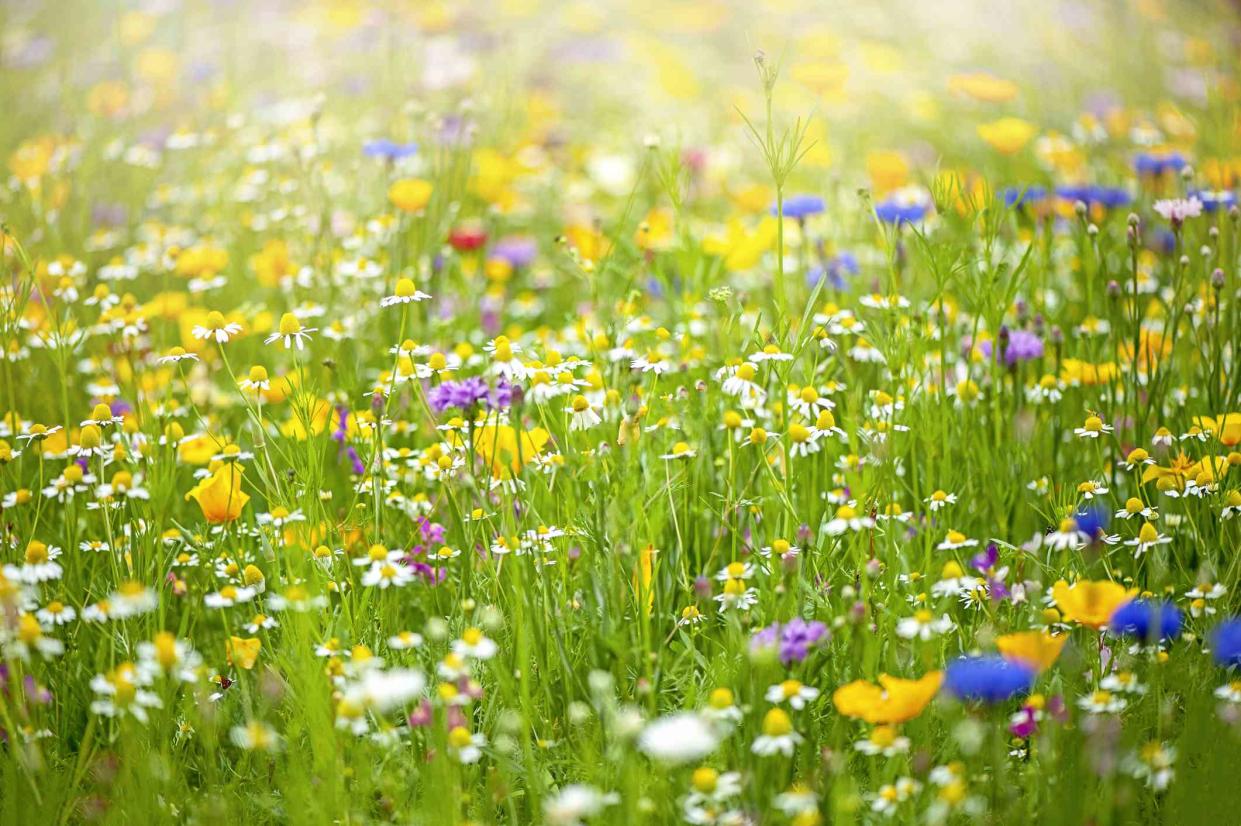
During winter your garden and yard might be out of sight, either dead or under a blanket of snow, but spring will come again and everything will be in bloom once more. Though you've likely assumed you're probably just do the same thing next year with your outdoor green space, look to the 2024 yard and garden trends experts are predicting for some ideas of how you can switch it up.
Meet the Expert
Ren Elizabeth, a gardener, homesteader, environmental advocate, and blogger at Eco Friendly Homestead
Sarah Menz, master gardener and director of brand marketing at Rachio
Jen Szabo, director of landscaping at Molbak’s Garden + Home
Pollinator Plantings
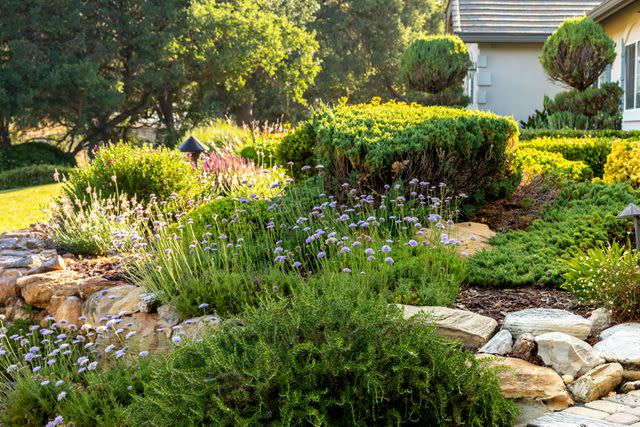
The Spruce / Jayme Burrows
“As threats to monarch butterflies and other pollinators are becoming widely known, many of our customers express interest in planting pollinator gardens,” says Sarah Menz, master gardener and director of brand marketing at Rachio, a smart yard company. She suggests homeowners consider plants like milkweed, butterfly weed, and borage for their gardens and yards.
You don’t need a huge yard or garden—even a curb strip or a flower box can be part of the pollinator corridor.
Smart Yard Technology

Smart yard technology will help more gardens conserve water in 2024, says Menz.
Smart sprinkler controllers use real-time weather data to water plants only when they need it. Mobile apps also allow users to adjust and monitor watering schedules to save water and money.
Meadows and Eco Lawns
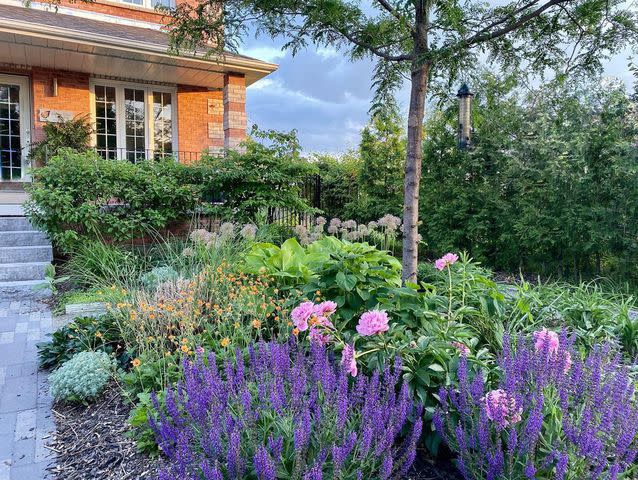
@ladylandscape / Instagram
Rather than grass that requires lots of water and upkeep, gardeners will look to options that require less maintenance and are better for the environment. Ecology lawns—eco lawns for short—replace grass with clovers, herbaceous plants, and other drought-tolerant and disease-resistant plants.
“For those that love the look of a green lawn but are looking for less maintenance in the form of reduced mowing or fertilizer needs, clover lawns will be an option of interest in more temperate areas,” says Menz.
Meadows are also enjoying a surge in popularity, says Jen Szabo, director of landscaping at Molbak’s Garden + Home. Home gardeners might create a bulb meadow in the front yard or native, maintenance-free planting to larger yards.
No-Dig Gardens
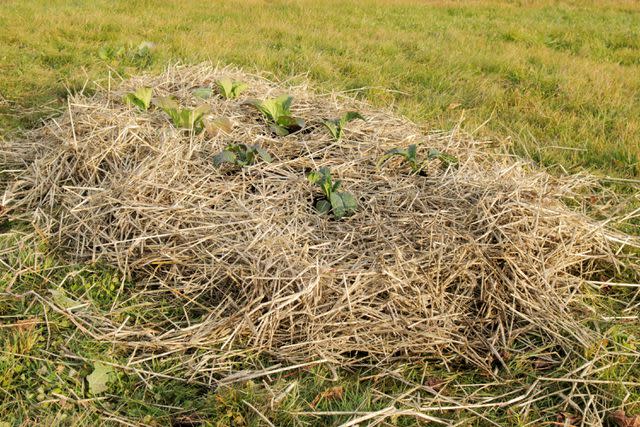
The Spruce / Steven Merkel
“With the rising awareness of climate change, more gardeners want to be land stewards and capture more carbon with their yards,” says Ren Elizabeth, a gardener, homesteader, environmental advocate, and blogger at Eco Friendly Homestead.
Instead of annual tilling, she says more gardeners are leaning on mulch, cover crops, and compost amendments to sustain the soil—essentially, a no-dig garden.
“Keeping roots in the ground at the end of the season is a bonus component of no-till growing that more folks are getting on board with,” Elizabeth says.
Perennial Plants

Continuing in the no-dig vein, perennial plants are becoming popular. “Perennial plants stay in the ground for longer, which gives them a longer time to store carbon in the soil,” Elizabeth says. She notes there are perennial versions of kale, collard, asparagus, broccoli, sunchokes, and herbs, among others (like the violet artichoke above).
“More gardeners are installing mini-perennial food forests in their backyards, with edible fruit and nut trees and bushes providing food for their families year after year,” she says.
Resilient Plant Varieties
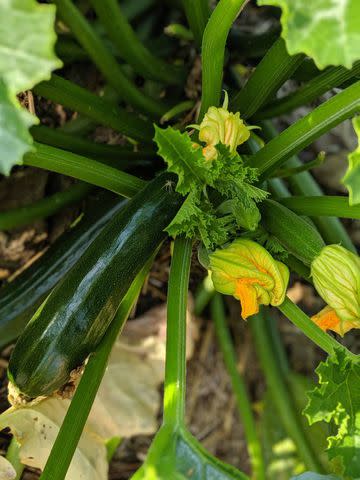
Even if you’ve got protective measures against drought, pests and heat can still wreak havoc. As a result, Elizabeth says many seed breeders are creating resilient, open-pollinated plants. Flourishing in her own garden at home are the dark star zucchini (see above), which is bred for dry farming, as well as the pomodoro pizzutello di paceco tomato, known for its drought tolerance.
Aside from their ability to be grown even in extreme summer weather, Elizabeth says resilient varieties lower the impact of growing vegetables on the environment.
“When vegetables need less chemical treatments or less water resources, the strain on the environment is reduced,” she says.
Tended Garden
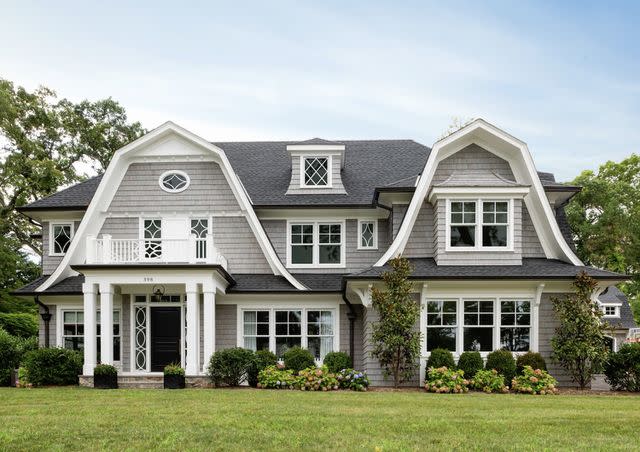
Even with the trend of eco lawns and meadows, pruned gardens with well-kept hedging are popular.
“It can be very meditative to perfectly prune a hedge, maintain a bonsai or sculpt a topiary,” Szabo says, nothing the pandemic helped restore admiration for tended gardens.
If you can’t decide whether you want to prune or let things run wild, don’t worry. “The interaction between a few things meticulously tended with a wilder aesthetic is really surging,” she says.
Flower Colors: Anything Goes
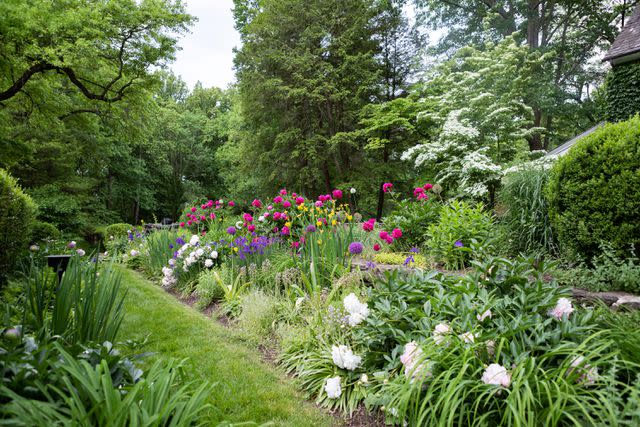
The Spruce / Adelyn Duchala
“The modern farmhouse trend which saw the resurgence of an all-white exterior and interior has made its way to the garden,” Sazbo says, noting that many homeowners find the singular color scheme calming.
On the other hand, some homeowners are leaning into incorporating all the colors into their garden.
“Where there was a tightness to plant palette requests from clients in years past, they are now more likely to want it all if they want color," Sazbo says. She sees this as a reflection of evolving fashion trends, noting that you can focus on wearing—and growing—whatever brings you joy.
Foliage Garden
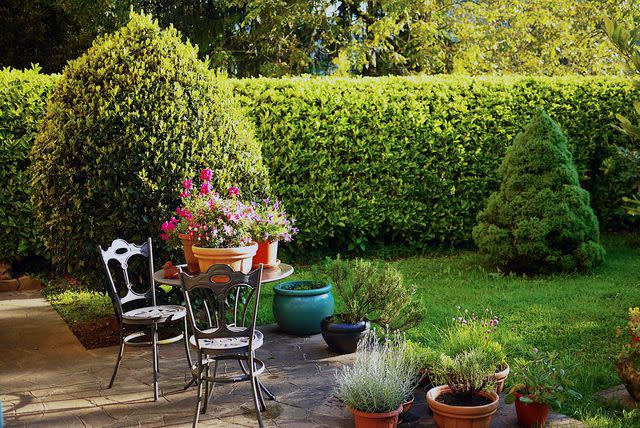
Rosmarie Wirz / Getty Images
Foliage gardens with “subtle, tasteful schemes” are in demand, says Szabo. They feature various shades of green, along with silver, blue, soft chartreuse/mint, white or white variegated, and “maybe a little black for the daring,” she says.
Unlike contrasting colors that were popular a decade ago, Szabo says today’s foliage gardens are “less in your face, more intimate.”
Read Next: 7 Design Trends Set to Make a Comeback in 2024, Experts Say
Read the original article on The Spruce.

